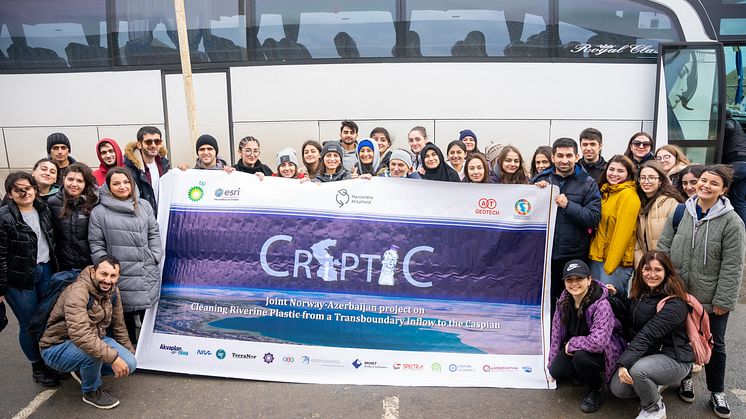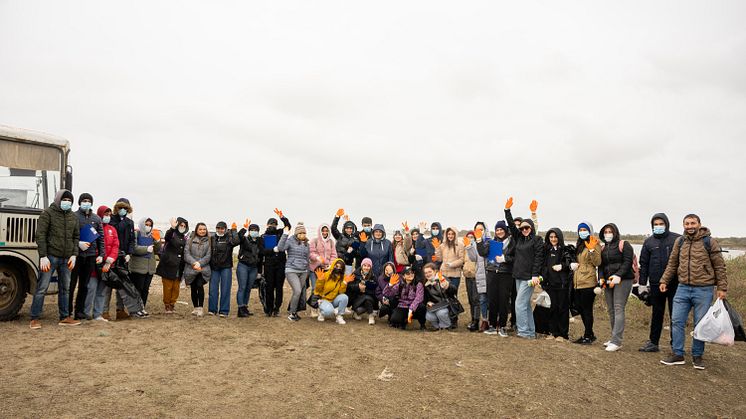
CRIPTIC
Dato 1. januar 2020 12:00 – 31. desember 2022 12:00
The sub-objectives are
- To harmonize mapping methods,
- to mobilize local organizations in mapping and cleaning operations
- to run a local pilot project on plastic waste mapping and cleaning using multidisciplinary tools and
- to raise public awareness and community engagement in combating plastic waste.
The project will combine a range of advanced digital methods, educational programs, and citizen science to engage local stakeholders in plastic mapping and clean-up activities.
CRIPTIC considers the transboundary Kura River mouth and the adjacent coastal area as the pilot area for mapping, identification, and cleaning of plastic waste in the Caspian region. Crossing three countries, the Kura River is the biggest river of Azerbaijan and is considered as the second water supplier to the Caspian Sea.
Partners
- Akvaplan-niva
- Norwegian Institute for Water Research (NIVA)
- SALT
- TerraNor
- Azerbaijanian Geographical Society (AGS)
- Institute of Geography of the Azerbaijan National Academy of Sciences (IGA)
- Sukanal SRDI of Azersu
- Water Expert Union (WEU)
- AT-Geotech
- Azercosmos
- Caspian Integrated Scientific Network (CASPISNET)
Funding
- Handelens Miljøfond (The Norwegian Retailers’ Environmental Fund) Project ID 11560

